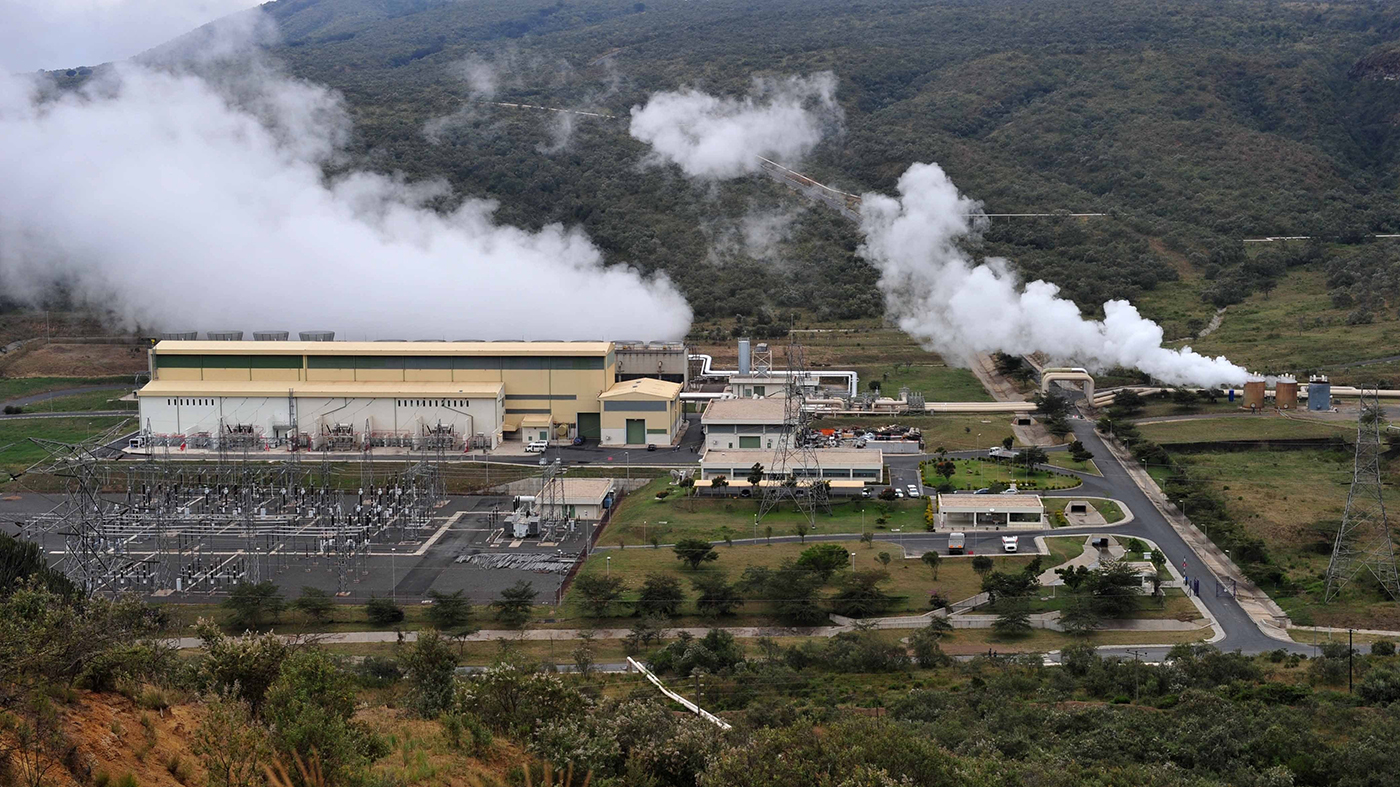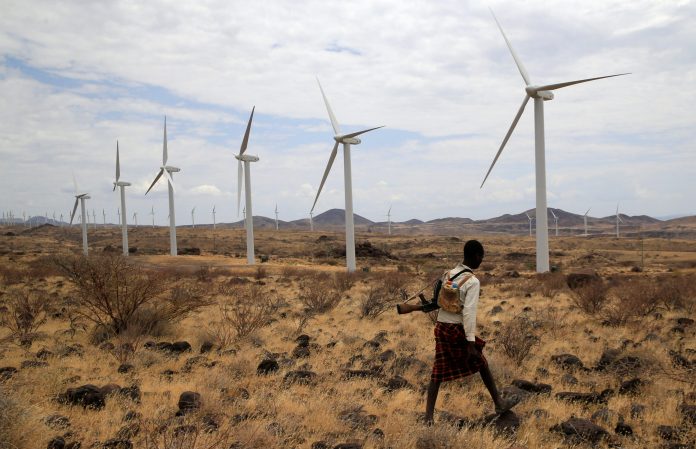The Science Based Targets initiative (SBTi) has released a revised draft of its Corporate Net-Zero Standard for public consultation, marking an important milestone in the global accountability framework guiding corporate climate action. Though technical in scope, this updated draft, open for feedback until 8 December 2025, carries significant implications for Africa’s sustainability landscape, where supply chains are deeply intertwined with global markets and where climate vulnerability remains among the world’s highest.
By tightening requirements and sharpening the definition of what credible “net-zero” action looks like, the SBTi is signaling that companies must now move beyond ambition to delivery. The draft calls for detailed transition plans, transparent reporting, and stricter alignment between near-term emissions cutting and long-term net-zero goals. For African nations, this shift will influence investment decisions, export competitiveness, and access to climate finance in ways that will touch key sectors from mining and manufacturing to agriculture and energy.
Africa currently accounts for roughly 3% of global greenhouse gas emissions, yet it is home to some of the fastest-growing economies and cities. Energy demand on the continent is expected to more than double by 2040, and industrial expansion, particularly in mineral processing, cement production and hydrocarbons, will elevate emissions unless simultaneously addressed through decarbonization policies and low-carbon infrastructure. The revised SBTi standard confronts this trajectory by escalating pressure on multinational companies operating in Africa to clean up their operations and supply chains if they intend to maintain credibility with international markets.
South Africa offers a clear illustration of this crossroads. The country is the continent’s industrial powerhouse but also its largest emitter, heavily dependent on coal power and carbon-intensive heavy industries. The updated SBTi criteria will force companies sourcing South African minerals or manufactured goods to closely examine the emissions embedded in their procurement. Firms that cannot demonstrate viable pathways away from coal will find export markets increasingly wary, while those investing in cleaner electricity, electrified mining fleets, and green hydrogen solutions may gain a competitive edge. In other words, climate alignment becomes not only an environmental duty but a determinant of trade flows and investor confidence.

Read also: Sowing the future: Unlocking Kenya’s agricultural potential through E-agriculture
Conversely, countries that have made strides in renewable energy integration may benefit from the tightening rules. Kenya, for example, has positioned itself as a continental frontrunner in low-carbon power, with geothermal energy already making up a significant share of its national electricity mix. As global corporations seek supply chains that help them meet emissions targets, production rooted in clean energy could elevate the value proposition of Kenyan manufacturing and processing industries. Similar opportunities exist in Ethiopia’s expanding hydropower infrastructure, Morocco’s large-scale solar developments and Namibia’s ambitions for green hydrogen exports.
Beyond industry, the new standard directly touches Africa’s agricultural and land-use sectors. Much of Africa’s commodity production; cocoa from Ghana and Côte d’Ivoire, tea from Kenya and Rwanda, cashews from Tanzania and Benin, horticultural exports from Ethiopia and South Africa, is shipped to markets where buyers are required to account for supply-chain emissions. The SBTi’s strengthened focus on Scope 3 emissions means overseas food retailers and consumer-goods companies will seek demonstrable progress on sustainable land management, fertilizer efficiency, deforestation-free sourcing and traceability.
For millions of smallholder farmers, this transition presents both potential gain and real risk. Access to premium markets could expand where farmers are supported with technology, extension services and climate-resilient inputs. But where support is absent, stricter standards could exclude the very producers who can least afford it. Ensuring just outcomes will require collaborative finance models where buyers share the cost of upgrades instead of pushing the burden back down the supply chain.
There is another dimension of opportunity flowing from the new draft: nature-based climate solutions and carbon removals. Africa holds 17% of the world’s forests and some of its most biodiverse carbon-rich landscapes, from Congo Basin peatlands to East African mangroves and southern savannas. The SBTi now outlines a more explicit mechanism for recognizing companies that take responsibility for their remaining emissions while they decarbonize, which could trigger major investment inflows into conservation and restoration.
However, experience has shown that poorly governed carbon markets can deepen inequality if land rights are insecure or local communities see little of the reward. African regulators and developers will need strong safeguards to ensure that funding for carbon removal enhances rather than compromises social and ecological well-being.
What emerges from this revised standard is a clear message: the global economy is reorganizing around climate alignment, and Africa cannot afford to sit on the sidelines. Institutions and businesses on the continent must build capacity to measure and report emissions accurately, craft credible transition plans, and tap into green finance that reduces reliance on fossil-based growth. International partners, meanwhile, have a responsibility to ensure this shift does not become a new form of exclusion or a fresh barrier to trade.
SBTi’s consultation period offers African governments, business associations and civil society a rare chance to shape global rules rather than merely respond to them. This engagement could help secure provisions that recognize Africa’s development needs while accelerating access to the investment required for a fair and resilient energy transition.
The world is demanding that corporations do more than pledge climate responsibility, they must prove it. For Africa, the challenge is to ensure that ambition translates into tangible benefits: cleaner power systems, stronger industries, sustainable agriculture and millions of new green jobs. The revised Corporate Net-Zero Standard may be written in technical language, but behind it lies a defining question for the continent: will Africa be a passive recipient of climate compliance pressure, or will it seize the opportunity to lead in shaping the future of sustainable growth?






